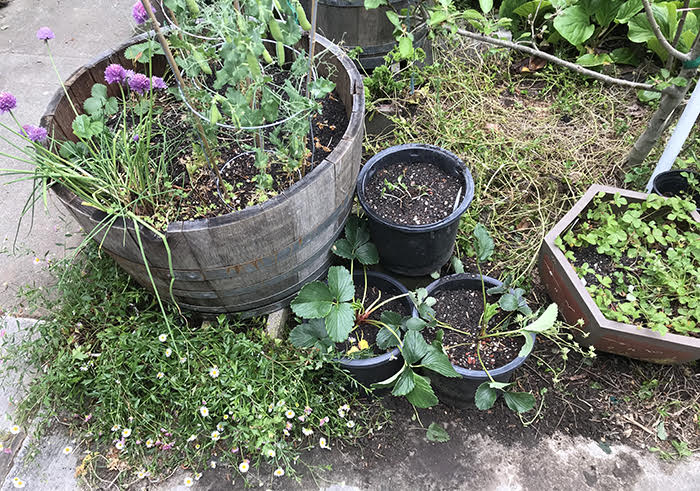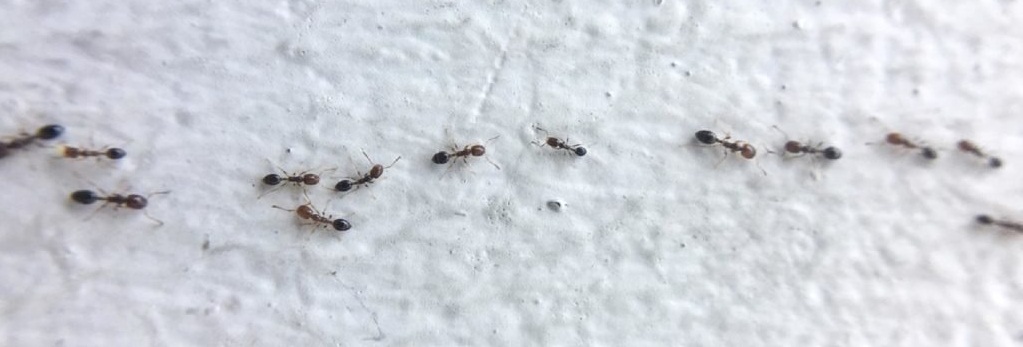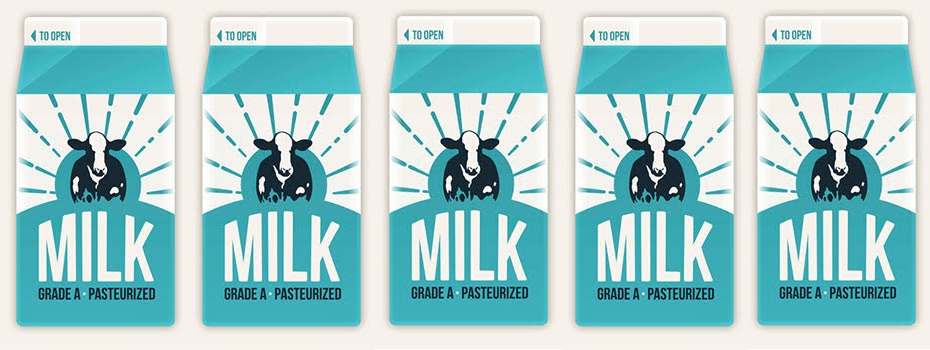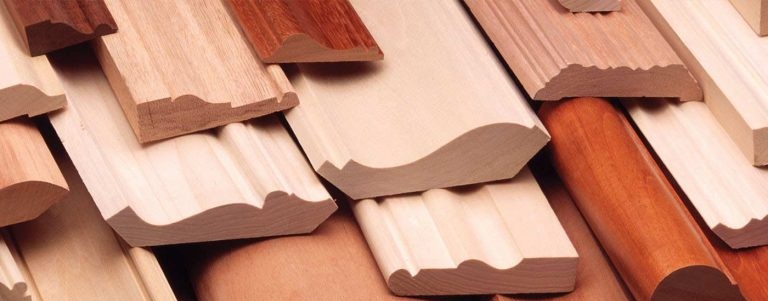
Submitted questions will be posted with my response by the following Tuesday or before.
Submitted comments will be moderated and approved within 24 hours.
Handbag Materials
Question from Wendy
Lisa,
Can you tell me if it’s toxic to carry handbags made of these materials? I know I may need to find out more details about the chemicals but this is what I have so far.
Handbag 1:
Dyed Nylon with Water and Stain Resistant Coating
Dyed Italian Leather
Nylon Strap
Handbag 1:
70% Polyamide
30% Polyurethane
Vachetta Leather Trim
Wendy
Lisa’s Answer
Let’s take a look at each of the components of these handbags:
Handbag #1:
Nylon with water and stain resistant coating – Untreated Nylon is one of the least toxic plastics. It is still a synthetic fiber that is made from petroleum but there is little concern for its toxicity. It’s the treatment that is more concerning. It’s hard to say without more information but most stain resistant treatments are made with perfluorochemicals (PFCs) which can be highly toxic.
Dyed leather handle– the tanning process for leather can use 250 different chemicals including chromium which can be very toxic.
Nylon strap– If the Nylon is untreated it should be fine.
Handbag #2:
Polyamide– This is Nylon. If it is untreated it should be fine.
Polyurethane– There are different types of polyurethane. Read Debra’s post about polyurethane toxicity here. It is likely that this is a food-grade film which would have low toxicity, but you would need to confirm that.
Vachetta leather trim– This is vegetable dyed leather. Vegetable tanning does not use chromium which is a positive but since there can be 250 different chemicals used in the tanning process you might want to find out more about the specific chemicals used. Some vegetable tanned leather may use all-natural materials, but you would need to check to be sure.
Based on the information you have provided, it looks like Handbag #2 is the safer options, but more information would be helpful.
Removing Odors from Insulation
Question from Colleen
Hi Lisa,
Has anyone successfully moved into a house where the previous tenants used scented detergents and dryer sheets in the house. I was under the assumption that the fragrances got into the insulation in the walls, etc. How long did it take to outgass if ever? Would a “bake out” even take care of it?
Lisa’s Answer
Debra interviewed Daliya Robson from Nirvana Safe Haven and they discussed a number of ways to eliminate odors (click here for transcript).
I would first try some low-cost options like zeolite or charcoal to try to absorb the odors. As a next step I would try the “bake out”, which has proven successful for many situations. If neither of those work, you might try some of the products mentioned in the interview. Finally, a good air purifier can be very effective. While it is an investment, you will have it for many years to help reduce toxins in your home. There are many sealers on the market that are great for reducing formaldehyde, but I have read that they do not always reduce odors, particularly if they are organic.
Has anyone else had success minimizing these types of odors?
Eating “Plant-to-Mouth” From My Organic Garden

I started out last year with this tiny garden outside my office door. I took this photo yesterday morning after cleaning out the weeds. All these plants are from last year. Those purple flowers to the left are chive blossoms, several varieties of strawberries, Santa Barbara daisies (not edible but pretty). There’s another barrel with last year’s potatoes popping up again and a pomegranate tree, plus more over by the motorhome we are turning into a tiny house.
I spend a lot of time writing about how we can choose consumer products that are made without toxic chemicals, but “toxic-free” also includes doing and making thing yourself without toxics. Such as organic gardening.
This year we had a lot of rain, so my little garden is popping with plants I planted last year.
I’ve got chive blossoms ready to eat right now. English peas I planted earlier this year are about to give a harvest. Strawberry plants are sending out runners and the new plants are about twice the size of the original plants and already producing flowers. The two raspberry canes planted last year have produced so many new plants we have been digging them up and replanting because they are overflowing the barrel.
Ralph Waldo Emerson once said, “The Earth laughs flowers.” Today I am saying, “Here in my garden, the Earth is laughing vegetables and fruits!”
I’m fortunate to have Larry and his mom and a brother and a sister—all experienced gardeners—and enough fertile soil that we can each garden to our hearts content. This morning there was a large basket of java beans just harvested that I think we’re having for dinner.
Next weekend we’re going to some wonderful plant nurseries where we can buy heirloom seedings for edible plants. I can’t wait!
As I was walking around my garden, looking forward to pulling raspberries and tomatoes right off the plants and into my mouth I suddenly thought, “Oh, the next step after farm-to-table is plant-to-mouth!” I can hardly wait to do that in a few days when the peas pop. Fresh English peas with chive blossoms right out of my hand.
Is Silicone Inherently Antibacterial?
Question from Jennifer
Hi Debra,
Does anyone know if silicone touted as antibacterial and antimicrobial is that way because it is naturally a deterrent or if it is treated with a chemical? And if treated with a chemical to be antibacterial, is it inert in silicone in the final product?
I can’t find any information online about it at all for non medical products. For example I’m looking at buying a silicone dish drying mat because the cloth ones just get moldy fast and they all seem to say they are antimicrobial, but I can’t determine why, if it is a natural byproduct of being silicone or if treated like so many things are now.
If my dishes that eat off of will be touching I was wondering if I should be concerned. Thanks!
Debra’s Answer
Antibacterials is a big subject and antibacterials can range in toxic effect from silver having virtually no health effects to triclosan, which is known to be an endocrine disruptor and cause skin and breast cancer, among other health effects. There is even now an antimicrobial made from peppermint oil, so whenever you see the word “antimicrobial,” you need to find out the specific antimicrobial that has been used.
Antibacterials may be widely used and not on the label, for they can be used to prevent the deterioration of plastics, for example, which would not be on the label because it’s not a selling point for consumers. Again, the antimicrobial may be perfectly harmless or have health effects.
With regards to your question as to whether silicone is inherently antibacterial or whether a chemical is added, I would say from looking at online search results that silicone is NOT inherently antibacterial because additives exist to make silicone antibacterial for specific uses.
Would the antibacterial leach from the silicone? Well, depending on what form the antibacterial comes in, it would likely bind to the silicone and not be released. But again, we don’t know the antibacterial or the form it is in, or its toxicity.
I’m using my best logic here, based on my understanding, not on tests.
I always apply the Precautionary Principle, which is, when in doubt, don’t use it.
This is another example of why there needs to be improved labeling that reveals what all the materials are.
Ant Invasion in Home
Question from Caroline
Hi Debra,
My home is prone to ants; and this time , as well as regular foundation spraying with Termidor, and placing advion ant bait in heavily infested areas within the home 3 x over the past month, it has been over a month that the ants invade the master bath daily to the point of being unusable. Usual spraying of vinegar and water, sprinkling black pepper or cinnamon was to no avail. I had to call in a professional exterminator who is trying to work with me because of MCS.
Debra’s Answer
I’m going to say something that may sound obvious, but have you tried filling the holes where they come into the house?
This has been my tried-and-true method for controlling ants for almost 40 years and it always works. I even did it when I lived in an apartment building in San Francisco. All the other units were sprayed for ants, but I wouldn’t let them in my unit and did this instead. Even with the spraying the other units had ants. Mine was the only one that did not.
All you need is a bottle of Elmer’s White Glue and a damp sponge.
Trace the line of incoming ants back to where they are coming into your house and make note of the spot. Then wipe up the ants with the sponge. Fill in the hole with Elmer’s Glue. Then go to the next entrance and do the same.
The ants will continue to find new ways to get in until you’ve sealed all the holes. Then you will never have an ant problem again.
Is Homebiotic Mold Remover Safe to Use?
Question from Cheryl
Hi Debra,
Do you have an opinion about a product called Homebiotic which you spray in your home to help eradicate toxic mold?
Thanks for your help.
Debra’s Answer
According to their website, “Homebiotic contains only purified water and natural probiotic bacteria from healthy soil, which each have years of study and are completely safe for humans and pets.”
I don’t see anything toxic here.
Do Toxic Chemicals Permeate Milk Cartons?
Question from Melissa
Hi Debra,
Thank you for your wonderful website. I have noticed that certain small grocery stores in our area tend to have a very heavy cleaner/deodorant smell. We popped into one this evening for a quick carton of milk, and when I got in the car I realized that the carton had the odor of the store – and the odor even transferred to my hand after I carried it to the car. Is it possible that the chemicals permeated the milk carton and contaminated the milk, or are paper milk cartons sealed well enough to prevent that?
Debra’s Answer
That’s a good question.
According to How A Milk Carton is Made , “Milk containers are made from paperboard coated with a waterproof plastic, generally polyethylene.
Polyethylene can block chemical gases—it is frequently recommended for wrapping mattresses, for example—however the thickness of the layer makes a difference. I’m thinking that the thickness of the coating on a milk carton is thinner than a sheet of plastic.
I can’t say for sure because I couldn’t find any tests on this. I don’t drink milk myself. When I did I purchased organic milk in glass bottles. That’s clearly the safest choice.
If you can taste the scent in the milk, don’t drink it. Since milk generally doesn’t taste like the surrounding environment, logic would tell me that the seal on the paper is both keeping milk in and keeping the environment out.
Toxic free stain repellant for a couch?

I received this question from a friend of mine who publishes a magazine:
What can I recommend to a reader who has a new couch and is afraid of day-to-day stains and wants to avoid Scotchguard?
I replied:
First, is it a new toxic-free couch?
If not, it’s already got some kind of stain repellant on it.
Scotchguard changed it’s formula, so it’s no longer as toxic as it once was.
If it’s a natural couch:
1. I would just put something on it like a blanket or throw to protect the sofa. That’s what I did.
2. AFM Safecoat makes a product called SafeChoice Carpet Lock-Out.
“This one-of-a-kind product is designed to perform two functions: to seal in the outgassing of harmful chemicals found in carpet fibers and to help repel dirt and stains.” You can also apply it to fabric as a stain protector. I’ve used this on carpet and it’s very effective.
It turned out that the sofa in question was a toxic couch, but I wanted to pass on this toxic-free fabric protection product.
Permethrin Remediation?
Question from Arash
Hi Debra,
I’ve used your site as a great resource over the past few months and my first go-to. I thank you for all you do.
I couldn’t find an answer to this and if you have any info maybe others would find it helpful too.
I’ve found out that the previous owners of our new house had permethrin sprayed on all the floorboards, top side and bottom, and the stairs too.
This was done over 20 years ago, but I don’t know how much of it will have soaked right into the wood and maybe (on the upper floors) into the drywall of the floor below.
Having failed to find much info on whether it offgasses and to what extent, I decided to just assume it does still off gas.
Also, apparently the dust under the floorboards will have soaked up a lot of permethrin, so dust coming through ceiling light fittings and up through floorboards is definitely a problem even if off gassing is not.
I was just wondering if you had any advice on how best to address this.
I’m thinking maybe HDPE or LDPE sheeting all over the floorboards and taped around the perimeter of each room to seal it all in. Then new flooring on top. Marmoleum or solid wood would be healthiest but they can’t be floated so would have to be nailed into the floorboards thereby breaking the plastic seal. Or glued to plywood which has formaldehyde issues.
Also unsure how to address the dust/vapor movement through the ceiling light fittings… maybe fire proof lighting as that creates a bit more of a barrier but not a complete one.
Not to mention the stairs, I don’t know how practical it would be to seal them all in with LPDE / HDPE. And the under-stairs storage which houses the gas/elec meters etc can’t really be sealed using plastic so don’t know what to do there.
Any and all advice would be very gratefully received.
Thanks Debra.
Debra’s Answer
First, Marmoleum IS available floating and so are hardood floors so that IS an option if you want it.
And second, your Permethrin exposure is not particularly a problem.
Permethrin is widely used on clothing for protection from ticks. “Exposure risk of permethrin-treated clothing to toddlers is 27 times below the EPA’s Level of Concern (LOC).” Permethrin Fact Sheet.
Not only is Permethrin not particularly toxic, you have time on your side. Here is a great article about what happens to pesticides over time: NATIONAL PESTICIDE INFORMATION CENTER: Pesticide Half-life.
About Permethrin it specifically says:
Each pesticide can have many half-lives depending on conditions in the environment. For example, permethrin breaks down at different speeds in soil, in water, on plants, and in homes.
- In soil, the half-life of permethrin is about 40 days, ranging from 11-113 days.
- In the water column, the half-life of permethrin is 19-27 hours. If it sticks to sediment, it can last over a year.
- On plant surfaces, the half-life of permethrin ranges from 1-3 weeks, depending on the plant species.
- Indoors, the half-life of permethrin can be highly variable. It is expected to be over, or well over, 20 days.
Well over 20 days. You’ve had 20 years. It’s highly doubtful there would be any Permethrin left in your home at this time.
Toxic-Free Moulding
Question from Nikko
Hi Debra,
I am looking for baseboard, chair rail moulding (White). MDF is supposed to have formaldehyde in it …not sure if they have done without. What is the best to use with little to no off gassing?
Thanks.
Debra’s Answer
I’ve purchased a fair amount of baseboard and crown moulding in my life and am about to purchase more.
I’ve always purchased wood moulding at places like Lowe’s and Home Depot.
Here’s a little summary of materials used to make moulding I borrowed from Lowes
- MDF (Medium Density Fiberboard) is a high-grade, composite material. Moulding products tend to come primed, making it easy to paint.
- Primed Finger Joint Products are available in Pine and Poplar wood. This engineered moulding is made by fitting smaller pieces together to create one long board. Finger Joint moulding looks best when painted.
- Poplar is a favored material by design professionals. The crisp grain lines and rich wood tones accept paint and stain, making it a perfect wood type for any room.
- Pine adds a distinct character to a room. The lines from the grain and occasional knots can create interest and texture.
- Fir offers two distinct grain patterns. Mixed Grain (MG) offers coarse, wide, and light to dark patterns. Vertical Grain (VG) has a more consistent and tighter grain pattern and less color variation. This wood should be stained to bring out its natural beauty.
- Oak moulding is typically milled from Red or White Oak, which are among the hardest and most durable wood species. Both have great grain appeal and are easy to sand, cut and finish. Your choice of stain color can really enhance the character of this material for a style that is all yours.
- Aspen is a light, soft wood that is typically used for more ornate moulding profiles. It has a straight grain and fine uniform texture.
- Polyurethane moulding is made from high-density polyurethane that won’t warp, rot or split. This product will create detailed patterns without the expense of wood. It’s lightweight for easy handling, saws like wood and comes preprimed and ready to paint.
- Polystyrene prefinished moulding is lightweight and simple to cut using conventional saws, making installation a one-person job. These mouldings can be installed with construction adhesive or finishing nails and are slightly flexible, making them perfect for walls that aren’t true. They’re also moisture resistant—an ideal solution for kitchens and bathrooms.
- PVC gives you the look of wood with moisture protection, inside or out. Strong and durable, PVC moulding is easy to cut and installs without chipping, splitting or cracking.
Of these, I would say yes to the woods poplar, pine, fir, oak, and aspen.
I would say no to MDF, finger joint, polystyrene, and PVC.
Polyurethane is not particularly toxic in this use, but it is a petroleum product, if you are avoiding petroleum.
You should be able to find actual solid wood moulding anywhere moulding is sold.













